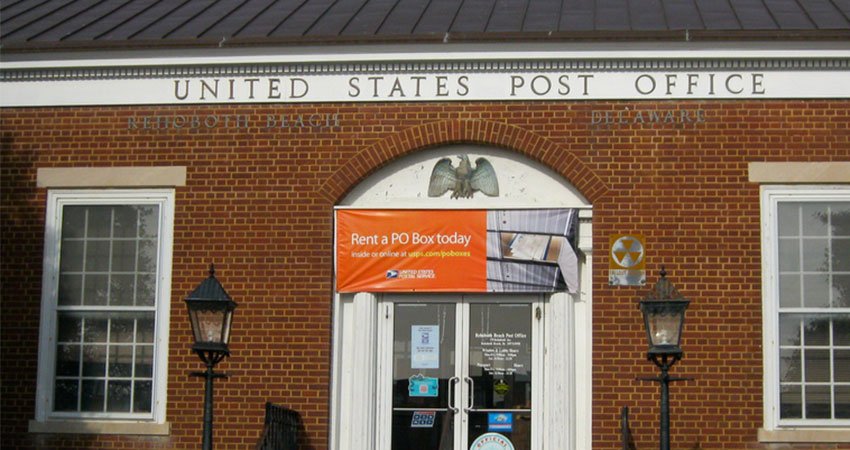The U.S. Postal Service plans to hikes rates in January as a hedge against a projected $1 billion inflationary hit on 2022 operating costs, as the USPS reported a $459 million third-quarter loss, which excluded a $2.15 billion impact from reform legislation addressing prefunded retiree healthcare.
The USPS also announced peak season surcharges on commercial and retail rates from Oct. 2 to Jan. 22, including a 75-cent increase in the commercial rate for Priority Mail and Priority Mail Express flat-rate boxes and envelopes. Zone-based increases range from 25 cents in zones 1-4 up to 10 lbs., to $6.50 for zones 5-9 between 26-70 lbs.
Postmaster General Louis DeJoy told the American Enterprise Institute last month that he estimates the agency will see a reduction of 50,000 positions over the next decade, mostly through attrition and retirements, while postal unions are calling for workforce increases to meet demand. Both major unions have concerns about DeJoy’s 10-year “Delivering for America” improvement plan; the National Association of Letter Carriers will begin new contract negotiations in 2024.
DeJoy told the AEI the plan will create $44 billion over 10 years new revenue through its market-dominant pricing authority; take out $35 billion of waste in operations through efficiencies; create $24 billion in revenue through an integrated mail and package network; and eliminate $50 billion through sunsetting the prefunded retirement benefit.
In June, as part of the plan, the USPS said it would shorten service levels for two ground delivery products, syncing them with First Class Package Service (FCPS), to drive efficiency by consolidating processing and transportation of volume from all three products.
“By executing this plan, we will reverse $160 billion of projected losses and avoid a government bailout,” DeJoy said. “We’ll also generate enough cash to invest approximately $40 billion in people and desperately needed facilities, vehicles, technology and other infrastructure.”
In reporting the Q3 results, DeJoy said USPS management has been working to correct broken operational processes that hurt service or added cost, “plant by plant, delivery unit by delivery unit and transportation lane by transportation lane.”
“This transactional effort will produce improving results but fall far short of what we need to do to thrive in the near and distant future,” he said. “The improvements required for future survival can only be attained by executing on the necessary structural changes in our processing, transportation, and delivery network.”
Calling the concepts basic and achievable, “not revolutionary,” DeJoy said they will result in a reduction of thousands of truckloads per day, an increase in route density to achieve efficiency and cost savings, “and will align our service and price to win new revenue in the marketplace.”
In 2022, DeJoy said, the USPS is adding approximately 120 package sorters throughout its network, making a total of 250 new units since “Delivering for America” was announced in March 2021, adding more than 13 million square feet to accommodate them.
For the quarter, the USPS reported a year-over-year reduction in shipping and package revenue, from $7.7 billion to $7.5 billion, on volume that fell from 1.83 million pieces to 1.74 million pieces. That metric had been steadily ticking up in recent years.
Touting its service improvements, the USPS said took an average of 2.5 days to deliver mail and packages in Q3, a 7% gain from 2.7 days a year ago. First Class Mail achieved a 93.3% on-time record, up 5.4 percentage points from the previous quarter. “Delivering for America” calls for achieving a 95% or better on-time performance.

